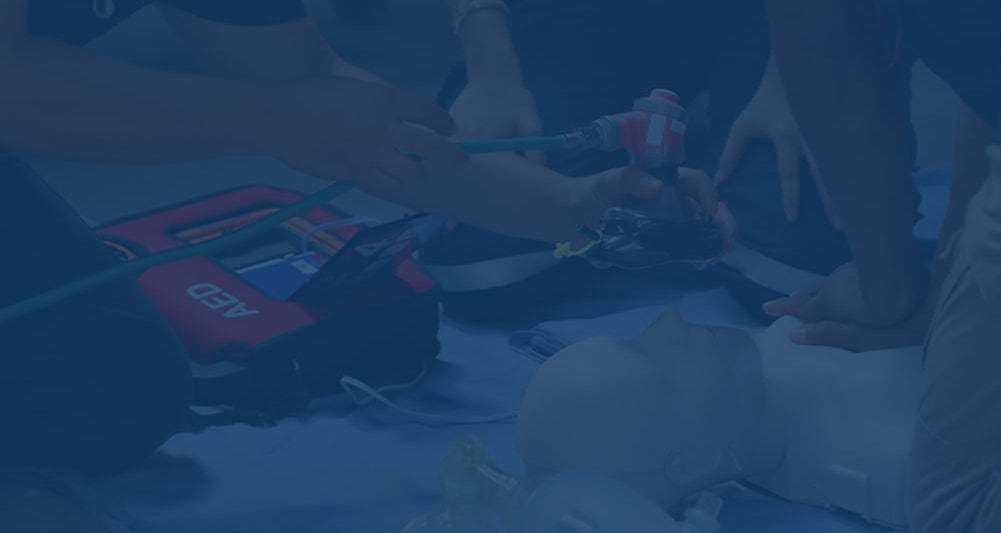In times of medical emergencies, having access to an Automated External Defibrillator (AED) can be crucial in saving lives. AEDs are portable electronic devices designed to analyze the heart’s rhythm and deliver an electric shock, known as defibrillation, to restore a normal heartbeat. Knowing how to locate an AED can make a significant difference in responding to medical emergencies effectively.
Public Places
AEDs are commonly found in public spaces where large gatherings occur. They are typically marked with clear signage, and housed in a white box displaying “AED” in bold capital letters. AED cases are also marked with the universal sign for an AED unit, which is a red heart symbol with a white “lightning bolt” in the center. AED boxes are unlocked to make them accessible to everyone during a sudden cardiac arrest event.
Common public places for AEDs are:
- Airports: Look for AEDs near boarding gates, security checkpoints, and other high-traffic areas.
- Shopping malls: AEDs are often placed near entrances, food courts, and restrooms.
- Gyms and recreational facilities: Public and private fitness centers typically have AEDs strategically located for quick access during workouts. This includes public pools.
- Educational institutions: Schools, colleges, and universities often have AEDs in hallways, gymnasiums, and other central locations. With new AED regulations in place, more and more schools are acquiring units.
- Government buildings: AEDs may be present in government offices, city halls, and public meeting spaces.
Emergency Services
Local emergency services are equipped with AEDs. While these devices are primarily intended for use by trained professionals, they can be accessed in emergency situations. Familiarizing yourself with the locations of nearby emergency service facilities can be incredibly helpful in an emergency situation.
AEDS can be found in the following emergency service locations:
- Fire Stations
- Police Departments
- Ambulances
Mobile Apps and Websites
Several mobile applications and websites provide information about AED locations in your area, as well as directions to the device’s exact location. These tools crowdsource AED data, making it easier for individuals to find AEDs in their community.
Useful applications to locate a nearby AED include:
Businesses and Offices
Many businesses and office buildings are installing AEDs on their premises for employee and customer safety. If your workplace has an AED, it is important to know how to locate their AED during an emergency.
California legislation requires AEDs be located in the following businesses:
- Health studios
- Dentist offices who administer sedation
- New and renovated buildings
- Correctional treatment centers
- Outpatient surgical care centers
Public Transportation
AEDs are increasingly becoming a standard feature in public transportation hubs to address cardiac emergencies that may occur during travel.
AEDs can typically be located in:
- Train Stations
- Bus Terminals
- Subway Stations
- Commuter Rail Systems
Many public transportation vehicles are now equipped with AEDS, such as:
- Airplanes
- Buses
Access to an AED can greatly increase the chances of a successful intervention during cardiac arrests. According to the American Heart Association, more than 350,000 cardiac arrests occur outside of the hospital each year. In these situations, if performed immediately, CPR along with the use of an AED can double or triple the chance of survival. Spreading awareness and promoting AED accessibility can contribute to a safer and more prepared community.


